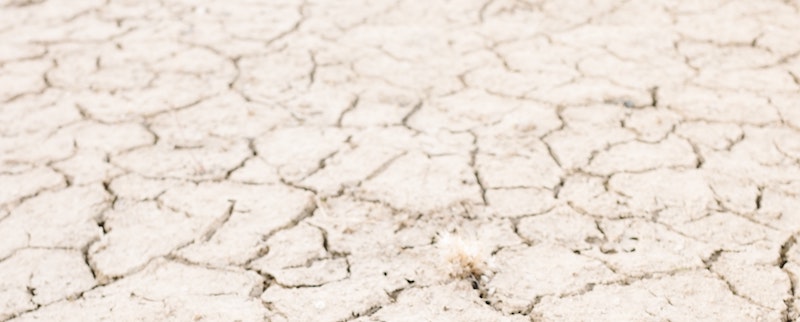As California enters another season of drought, uncertainty has shrouded the lives of San Joaquin Valley residents.
Best known for its vast agricultural bounties such as almonds, pistachios, cotton, grapevines, and dairy farms, the central valley is still recovering from the previous years of drought that have scarred the lands and minds who work them.
Many small minority rich communities are at high risk of their wells running dry which have forced some legislative representatives to declare a drought emergency from Gov. Newsom.
Generations of farmers have endured these types of droughts over the last century but now face an ever changing climate, new environmental protections and cutbacks in water allotments.
John Guthrie, president of the Tulare county farm bureau, and his family who have farmed these lands for over 150 years has shared his concerns in the many changes that will most undoubtedly force them to make changes in the way farming is done or leave it all together.
Due to the past several years of low snowfall in the Sierra Nevada the state and federal surface water allocations have been drastically reduced forcing some growers to search underground for additional sources of water to keep their farms from ruin.
A new law passed in 2014 has made matters worse for growers that requires all ground water taken from wells to match the amount of water returned to aquafiers by 2040. According to experts, meeting this requirement will be equivalent to taking 1 million acres of farmland out of production statewide.
This, among other policies, have already started to heart our farmers, as many now face the need of having to bulldoze entire orchards or sacrifice other crop work in order to save on water needs.
A majority of the Tulare County sits atop a groundwater basin that have helped farmers compensate when there was little to no surface water. With the unlimited pumping of this supply and the historical droughts of 2012-16 and 2007-09 before that, has caused major problems for this reserve.

Several large farms drilled to depths of 1000 feet to maintain citrus orchards and almond groves that had attracted hedge funds and corporations to the business. But as farmers drilled more wells, it caused the land to sink over the past few years and has even dried up older wells that were nearby. Due to the drop in groundwater levels, pesticides and nitrates from fertilizer and animal waste leached into private groundwater supplies of impoverished communities.
After gaining national attention Gov. Newsom visited these communities to give some ray of hope by signing into law Senate bill 200, the safe and affordable drinking water fund. Although the residents from tombstone territory were thrilled by the $130 million a year bill for safe drinking projects, some knew that this would not solve their problems.
Seasonal droughts are a common occurrence in the California’s Mediterranean-esque climate, but the effects of global warming and the continued burning of fossil fuels has made it much easier to fall into dry seasons but at the same time much harder to get out, experts say.
One of Central Valley´s top agricultural producers, Tulare County, was named after the Tulare Lake which was once the largest body of water west of the Mississippi. In the 1930s it was drained to convert the desert land into cropfields.
The Tulare county farm bureau once had 5000 members back in the 1960s but now due to farms consolidating under large farms the member count has dropped to roughly 1200 members.
This year’s drought has caused some ranchers to sell their cattle and livestock months earlier than usual while farmers are having to redirect the majority of their share of water to more permanent high-value plants like almonds and pistachios instead of row crops.
These droughts have led to croplands yielding to a new future of subdivisions, industrial parks, and habitat development. Denise England, Tulare County Water Commission´s water resources program director has this to say, “if things continue in the direction they´re headed right now, there´s going to be lots of new open space around here and that ground will have to be used for something.”
Another grower, Dino Giacomazzi, has stated that it’s not what he would like to see in the future but is well aware that change is inevitable. Back in 2014 he had to close his family’s 126 year old dairy farm due to the extreme drought and went into almond farming instead. The transition wasn’t too smooth however. California farmers planted too many almonds which over supplied the market and to top it off the Covid 19 pandemic made it increasingly more difficult to export the almonds to international markets.
Giacomazzi said, “the American people have an important decision to make. Do they want their agricultural food grown locally, or in Mexico and china?”







